Paella or 'rice and stuff'?
- rosemary
- Jan 9, 2024
- 6 min read
"Some say true paella Valenciana must be cooked outside over a fire made of orange branches, dished up with a boxwood spoon and eaten only at midday." Rodney Dunn/Gourmet Traveller

Last week when my son and family came over for a meal I made a kind of paella. I knew very well that it wasn't a real paella, as I didn't even use a recipe. Yes it was 'rice and stuff' - in my case chicken pieces marinaded in an oregano kind of pesto and cooked with rice and things - tomato and zucchini mostly I seem to remember - in a wide sauté pan. Not cooked over a fire of orange branches and not eaten with a spoon. We ate at the somewhat weird time of about 3.30.
It stuck to the bottom and was somewhat too runny, but nevertheless it was pronounced delicious and there were no leftovers. So who cares? Not me really, but I know I have always failed with paella, so I determined to look into it, even if, to be honest it's not one of my very favourite dishes. But maybe I've never tasted a really good one.
I have now read a fair bit about what it should and shouldn't be, becoming somewhat confused in the process, so near the end of my investigations, and remembering that Robert Carrier had written a book about Spanish food I was somewhat heartened to read this:

"Paella is not a single dish, but a diversity of rice dishes united by the pan in which they are cooked - the wide flat paella pan - sometimes - and, I am told, mistakenly - called a Paellara" Robert Carrier
I was doubly pleased, not just because of the diversity comment bit but also because I had read various pundits referring with apparent authority to paellara. If they could get that wrong, then what else did they get wrong? And looking at the banner on the Spanish shop above I see that the pans are referred to as 'paelles', which I assume is the plural of paella, which, I gather, simply means a pan. And then I learnt that the pan as known today - wide, shallow with two handles, did not even come into being until the19th century.
To me paella is a rice dish cooked in one of those pans with some kind of meat - usually chicken, often with chorizo, flavoured with tomatoes, peppers, paprika, saffron, doused with wine and stock and topped with seafood. The seafood seems important, so I always feel diffident about my paellas because we don't do seafood in this house. But no. According to Peter S. Feibelman in the Time-Life The Cooking of Spain and Portugal :
"The original paella originated near La Albufera, the freshwater lagoon close to the city of Valencia. The three ingredients cooked with the rice were local snails, French beans and eels, and the dish was eaten with small onions rather than with bread. ... The Valencia paella is ... a fairly simple dish whose main ingredients are chicken, snail, green peas and beans, for the citizens of Valencia are, by tradition, reluctant to mix meat with fish, fish with certain shellfish, or even meat with certain other kinds of meat. ... But the true answer as to what really goes into a paella is usually rice, saffron and whatever happens to be fresh and at the market that day."

It seemed pretty authoritative so I was pleased to see this, from Claudia Roden:
"The rice is all-important because it is the rice that carries the wonderful flavours of the stock and the soffrito, and it should not be covered up and hidden. I am afraid I am sometimes guilty of overcrowding a paella with seafood because I know my guests want a lot of it." Claudia Roden
This is her Paella with seafood.

So at least I now don't feel guilty about leaving out the seafood. But what about the inevitable chorizo? Apparently when Jamie Oliver published this recipe for Chicken and chorizo paella - a long time ago - it was met with outrage and scorn:
"Kinder commenters pointed out that while the inclusion of chorizo meant the recipe absolutely could not be described as a paella in keeping with the dish’s true, Valencian origins, it might just sneak into the distinct category of “rice and stuff”. Sam Jones/The Guardian
And yet, you know I have also seen various authoritative chefs and food writers stating chorizo as a fundamental ingredient.

Going back to the rice, I now see that the kind of rice you use is important. Ideally it should be Spanish paella rice but if your local supermarket does not stock it - they say Woolworths does - then arborio will do. Well I used basmati so that was possibly my biggest mistake. Pilaf with vaguely Spanish flavours! Nagi Maehashi, has some advice here:
"I do not recommend using: brown rice, long grain white rice, black rice, wild rice or any other fancy type of rice. And in anticipation of someone asking –NO to quinoa!!! (A million Spaniards almost fainted at the thought)."
Her Spanish paella, however breaks the shellfish rule I see.
I learnt a few more things about the rice along the way. Do not stir. I did - I stirred it from time to time as I do with risotto. The rice should be the main thing, still visible, which is why the wide pan - only a thin layer - some say no taller than the width of your little finger. The other ingredients are placed on top. Before serving cover with a cloth for a few minutes to cook the grains on top. The star of the whole show is the 'soccarat' - the crispy rice layer on the bottom. Well mine was so crispy it was well and truly stuck!
And lots of other people break the rice rule - the kind of grain that is. Here are a few: Couscous paella/Miguel Barclay; Baked risoni paella/Woolworths; Bulgur paella/Woolworths; and Quinoa paella/Warren Mendes/delicious. - yes quinoa - obviously somebody had to do it. I saw black rice somewhere I think an Bill Granger used tiny thin pasta.
Now the paella below is last year's world cup of paella winner. These championships are held in Valencia., so you would have to think they were into authentic. But no. Not only was this won by the Japanese but the main ingredients were orange, duck and leeks.
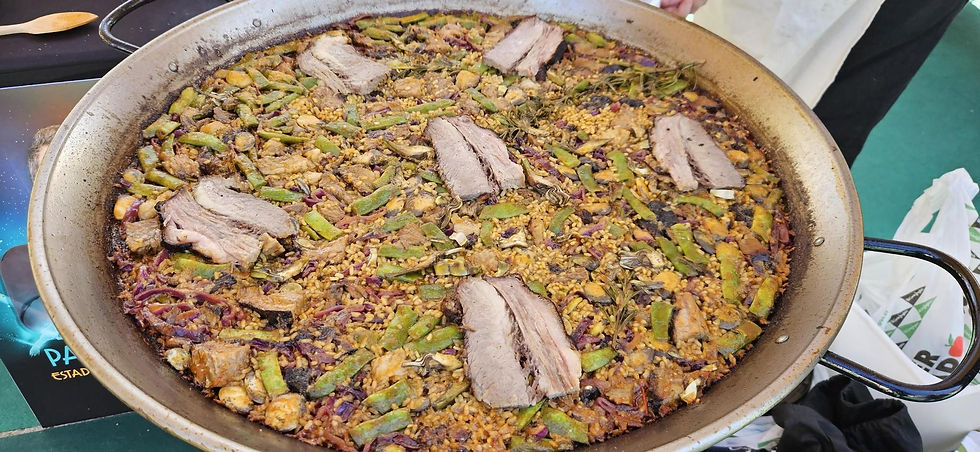
Which just goes to show that even though there is, of corse, a rule-making definer of authentic paella in Wikipaella, Valencia and the Spaniards in general are more into tourism and hype than anything, because it seems that paella did not really hit the world stage until the death of Franco and the return of tourism. Or put another way:
"Like many great dishes, paella is a poor man's food that has become rich man's treat." Peter S. Feibelman/Time-Life The Cooking of Spain and Portugal
So three, more or less, authentic versions (lots of seafood) before turning to the distinctly non-authentic. Party paella - Frank Camorra/Gourmet Traveller; Seafood Paella - Yotam Ottolenghi and Paella Valenciana - Omar Albihoy/The Guardian
Of the outliers, some just used unexpected, or just slightly different ingredients: Paella De Cerdo Con Chorizo y Espinaca (Rice with Pork, Chorizo and Spinach)/ Sam & Sam Clark/The Happy Foodie; Bacon and egg paella - Colin Fassnidge/delicious.; Cashew nut paella with mushrooms and paprika - Woolworths and Last of the summer paella - Tom Hunt
And some used a different cooking method: Easy paella traybake - Coles; Slow-cooker chicken paella - Woolworths and Baked 'paella' with prawns, chorizo and salsa verde - Ottolenghi/delicious.
The other thing that has put me off paella for a long time is that it seems like a lot of effort and indefinably difficult. Sometimes the list of ingredients also seemed dauntingly long. Is it me? Matt Preston tells me no: "Why is it that certain dishes have a reputation for being so darn tricky – even when they aren’t?" Maybe I have somehow assumed that it is one of those dumps for leftovers and therefore added to the difficulty as the Time-Life guy says: "Paella is all about simplicity: it is not a dumping ground of ingredients."
Or maybe it really is simple as Matt Goulding discovered on his quest around Valencia to find the real paella:
"rabbit + chicken deeply browned, then veg… tomato cooked until it clings like mud to the veg … pinch of saffron, shake of pimenton. Simple but complex, easy but … impossible?"
Not all that authentic though - pimenton? Tomatoes? And no mention of rice.
I'll just rest on my undeserved laurels for my very inauthentic chicken paella kind of thing. Next time I'll call it rice and stuff.
POSTSCRIPT
David said I should post my version of Rachel Khoo's Chaussons au jambon et légumes. As you can see it was turned into a pillow pie and it was a sort of dumping ground for leftovers too. Actually much the same as Rachel Khoo's ingredients, with a touch of crème fraïche. Yum.
Tonight more dumped leftovers - fishcakes - plus some grated zucchini and peas.
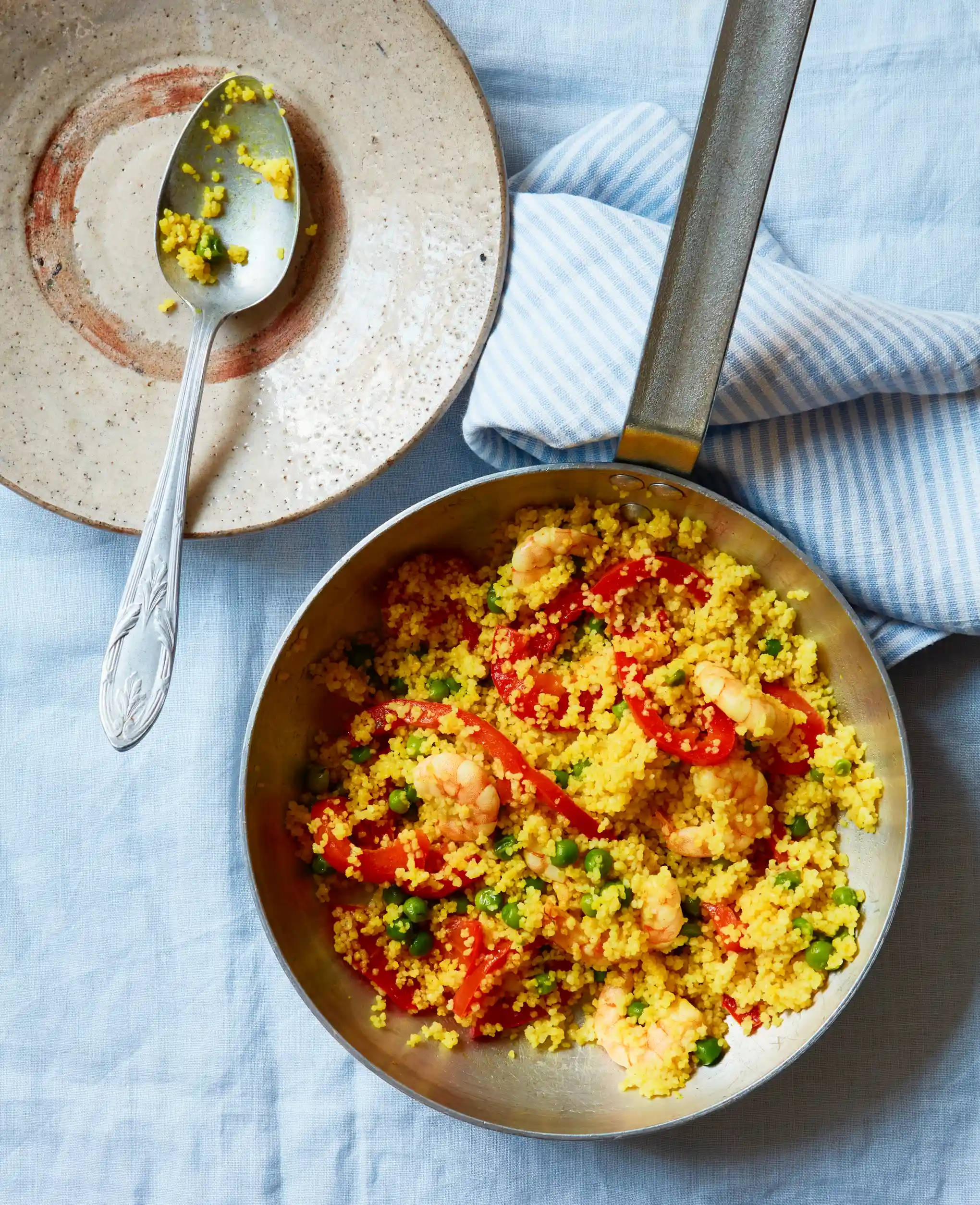
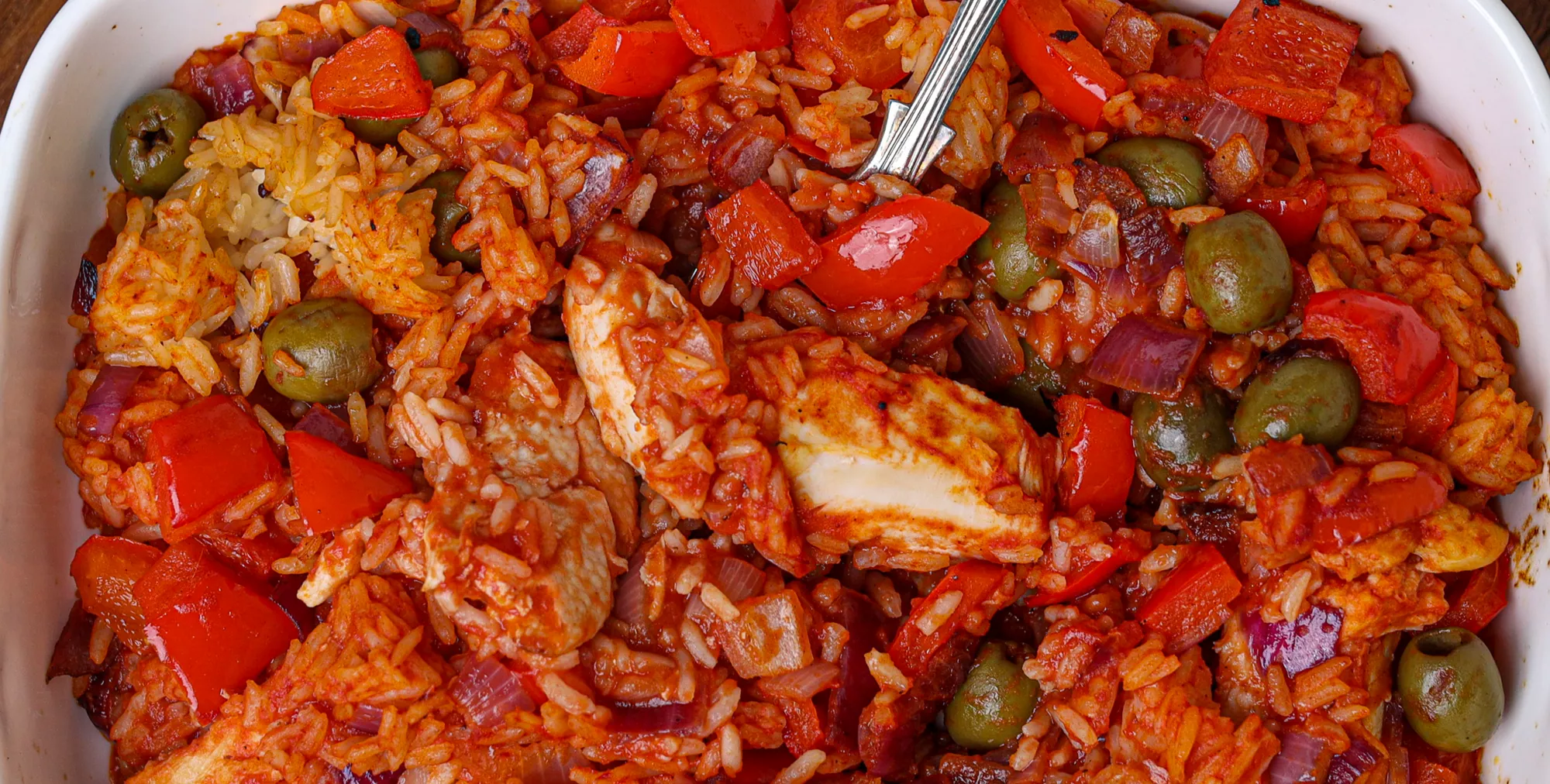





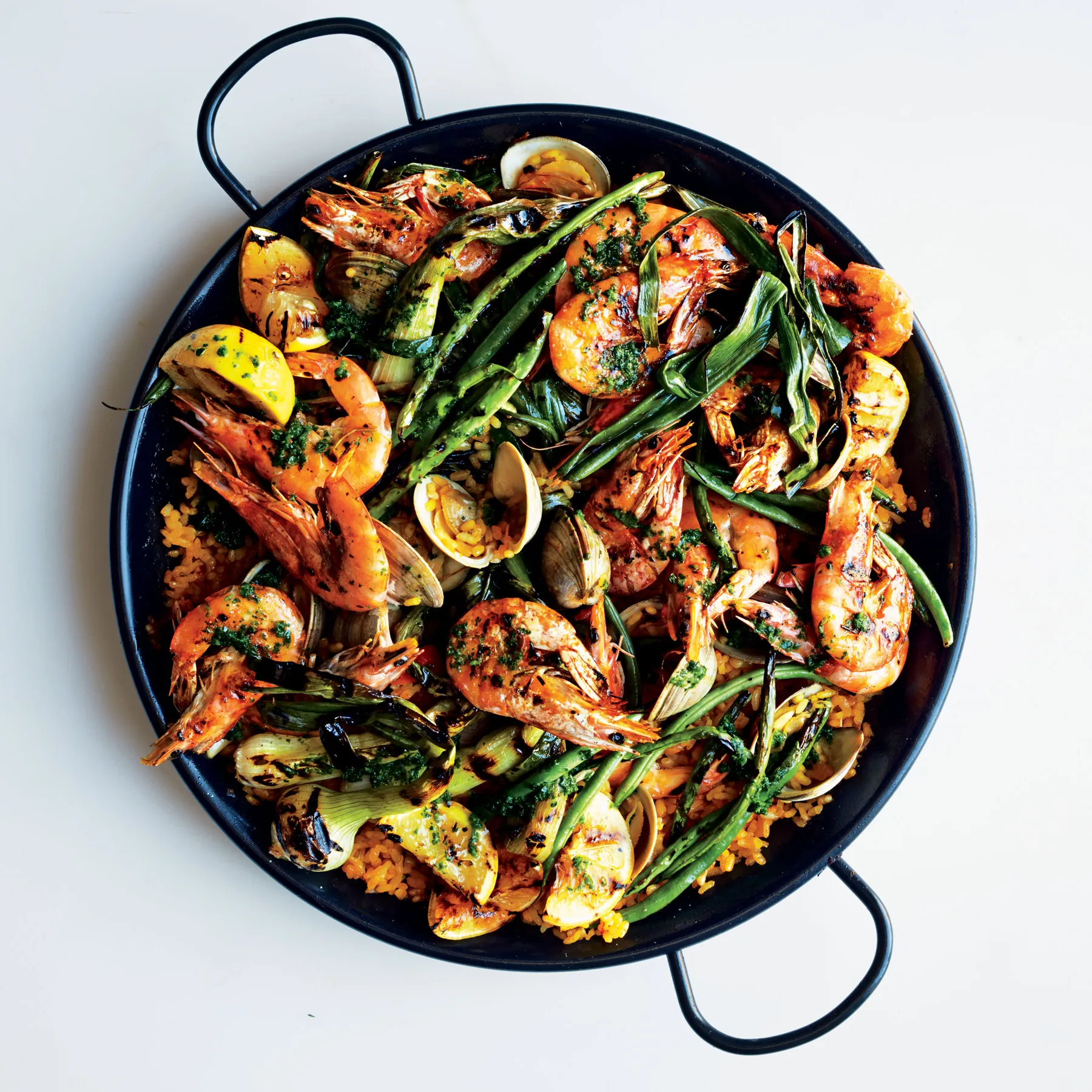
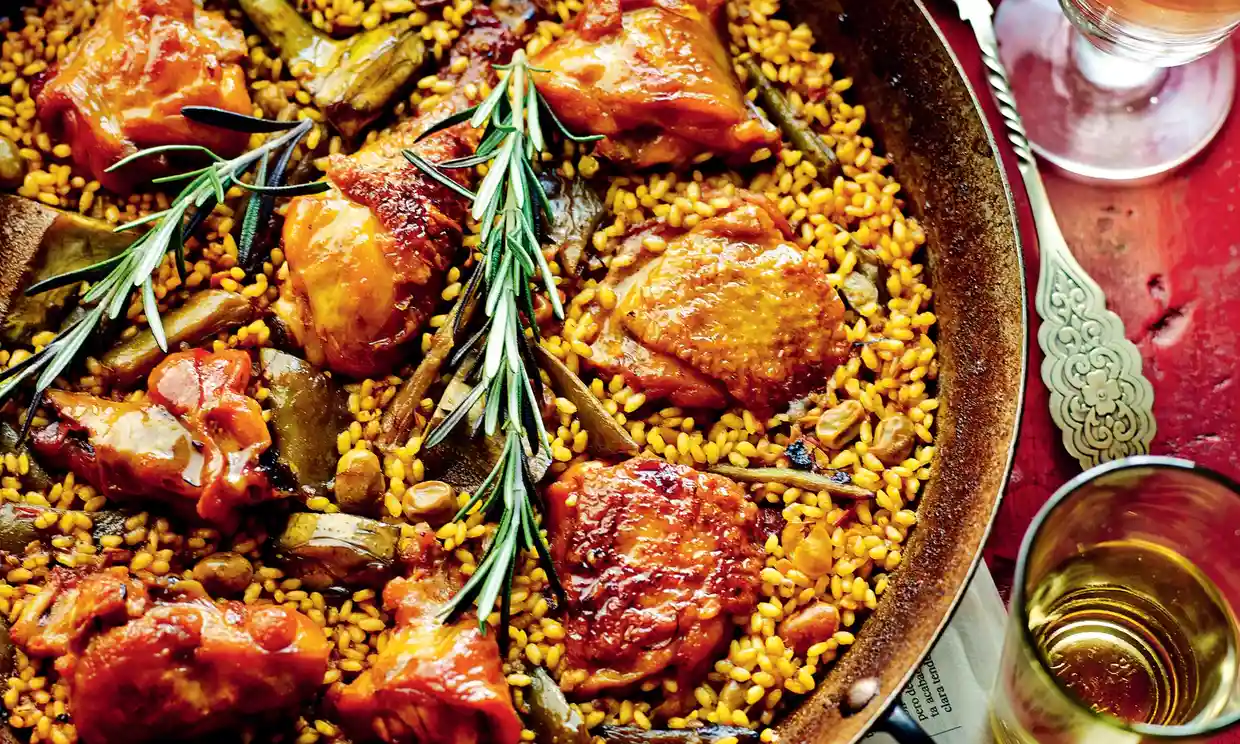




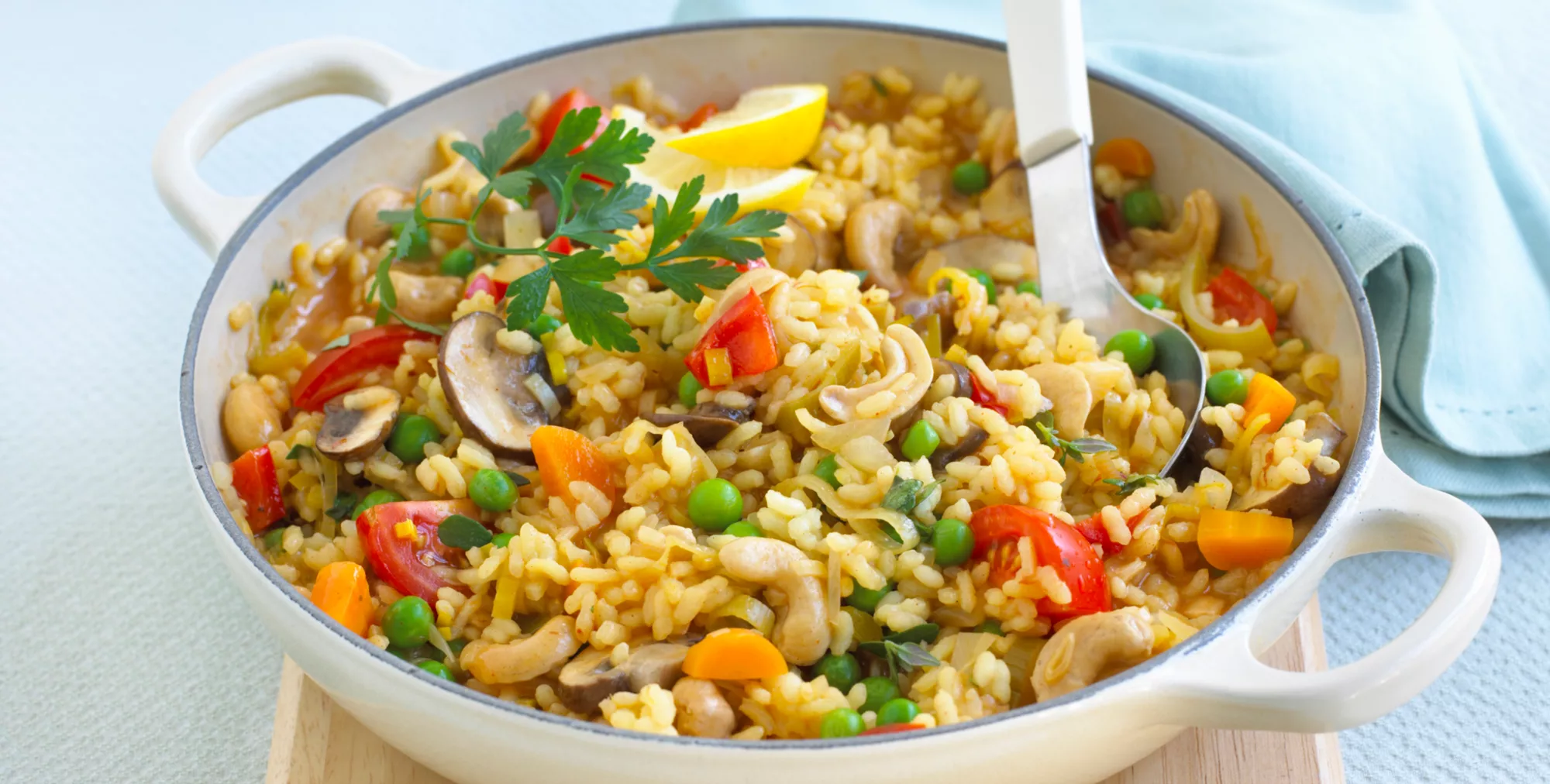
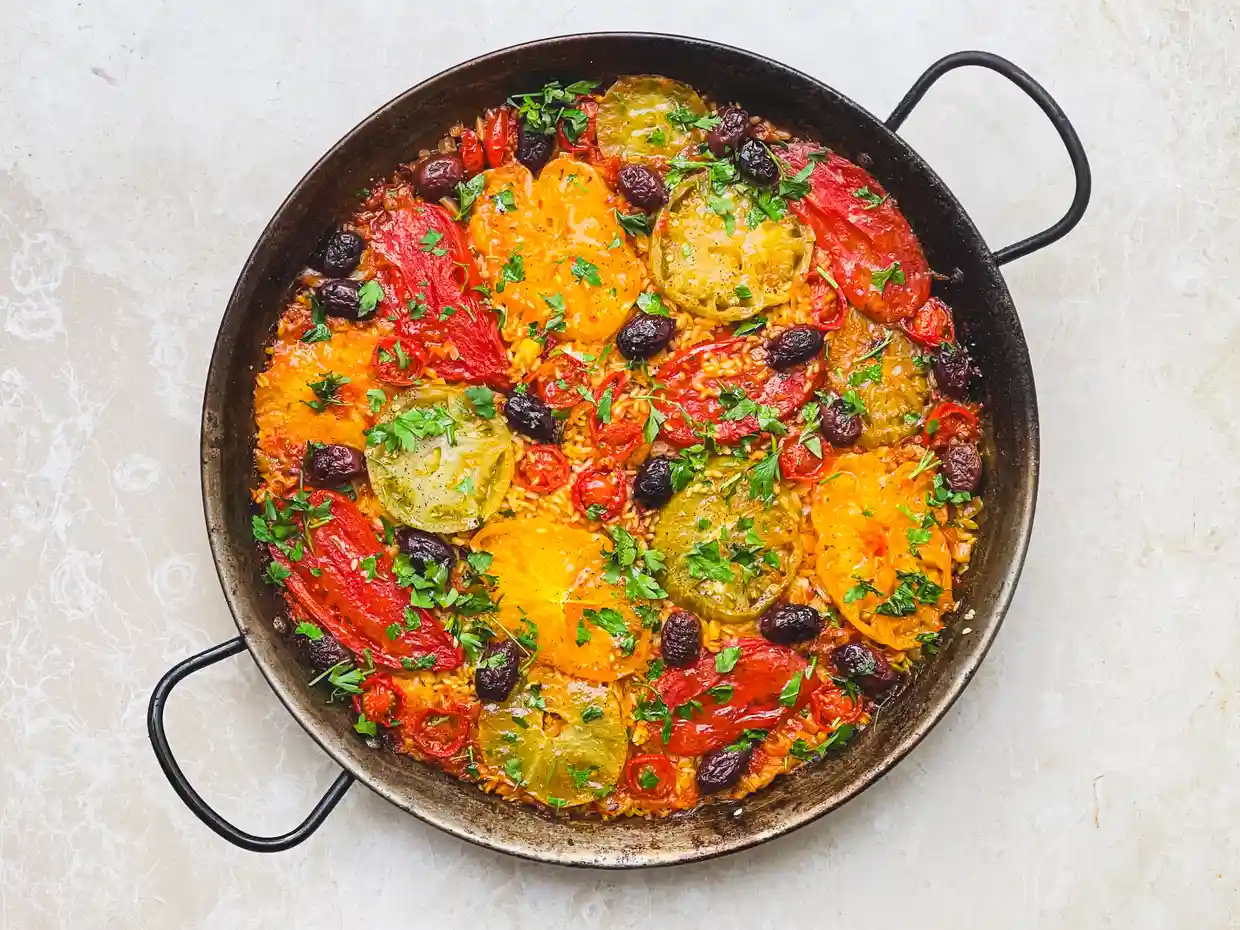


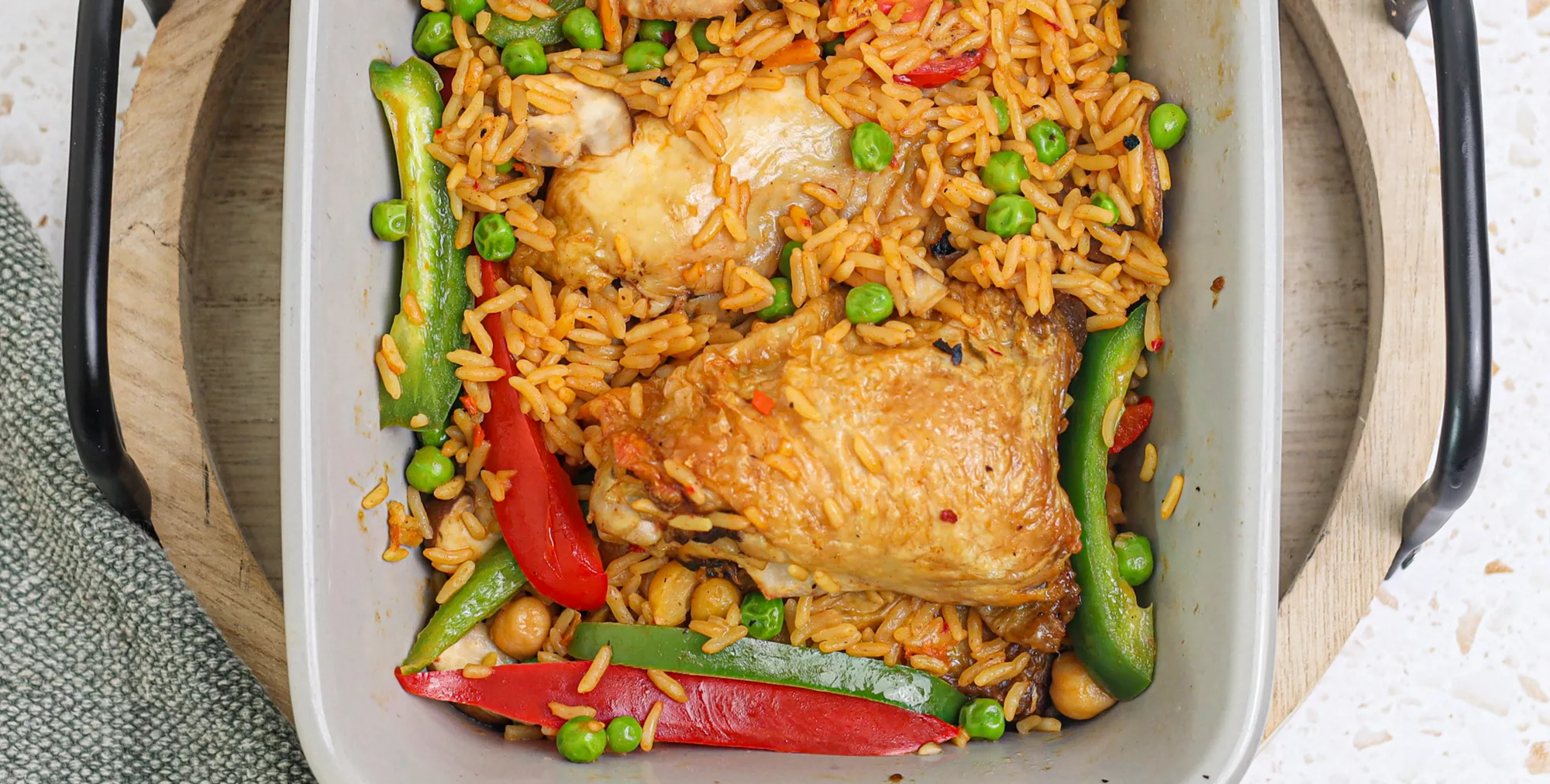









Comments